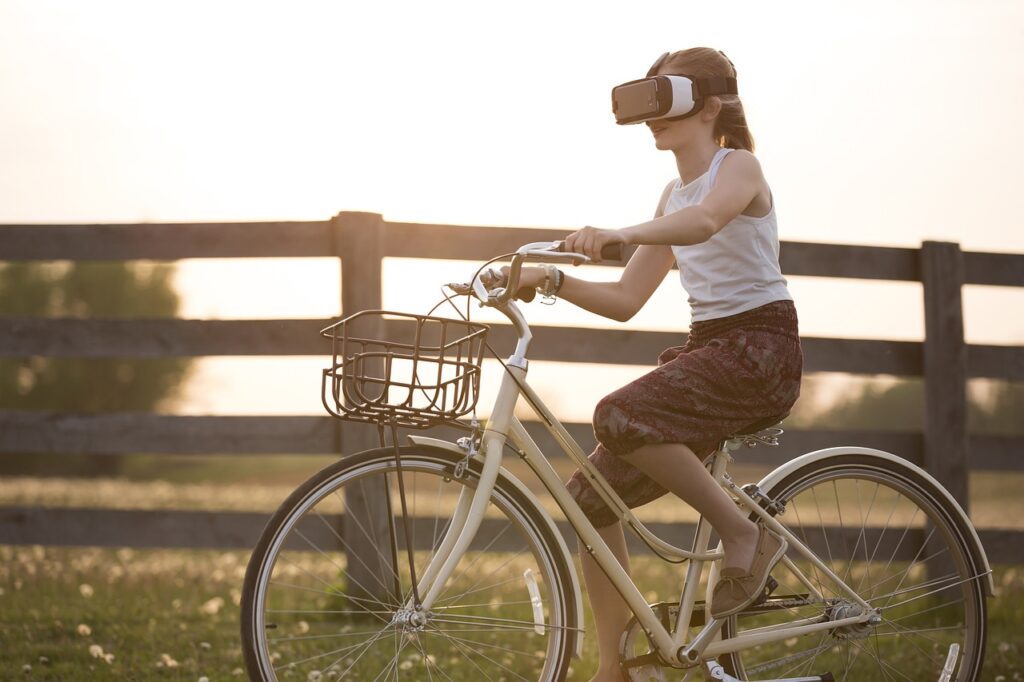“Exploring the Collaboration among Digital Space and Interior Design” by Dr. Lamiaa Shaheen

In today’s world, our lives are becoming increasingly intertwined with the digital realm, altering how we see and interact with our surroundings. The rise of digital space has not only transformed interaction, work, and entertainment, nevertheless, it has also begun to influence the field of interior design. This article investigates the ever-changing connection between digital space and interior design, emphasizing how the physical and digital realms converge and influence where we live.
Digital space, which is often associated with internet access and virtual worlds, has grown into an important aspect of everyday life. It functions as a knowledge database, a means of communication, and a canvas for expression of oneself. As people spend longer in the digital universe, their impact naturally spreads into their physical surroundings. Interior design, which has traditionally focused on tangible elements like furniture, color schemes, and spatial layouts, is now venturing into uncharted territory: the digital realm.
A major field wherein digital space and interior design intersect is the idea of smart homes. The incorporation of smart technologies enables people to control various aspects of their living spaces via digital interfaces. As homes become increasingly intelligent & adaptable, the distinctions across both the digital and physical worlds blur, from lighting and temperature control to security system management. Interior designers have a responsibility to effortlessly integrate these innovations into their concepts, resulting in spaces that not only look good but also work comfortably with the online resources that control them.
Virtual and augmented reality (VR and AR) innovations offer an exciting development in the integration of both physical and digital environments. These virtual reality tools provide an original means for interior designers to envision and develop their concepts. Designers can develop virtual prototypes of spaces, enabling clients to see and engage with suggested layouts while they are physically implemented. That additionally improves the method of design, it also allows for greater cooperation involving designers and customers, resulting in a greater grasp of the imagined space.

Digital space has also had an impact on interior design aesthetics. The popularity of websites, social networks, and digital content has spawned fresh aesthetics and concepts. People are confronted with a wide range of design styles and ideas, which influence their choices and decisions regarding their interior living spaces. designers have to negotiate these digital design surroundings, integrating aspects that appeal to clients who are influenced by their online interactions.
In conclusion, the connection between digital space and interior design is complex and multidimensional. As our daily activities grow increasingly intertwined in a digital universe, interior designers must evolve to create spaces that seamlessly link both worlds. From intelligent houses to virtual reality tools for designing, the interaction of digital space and interior design is changing how we think about, interact with, and occupy our living spaces. The upcoming decade holds a thrilling period as the distinctions that separate the physical and the virtual keep disappearing offering up fresh opportunities for creative and realistic interior designs.

Get to know more about Dr. Lamiaa Shaheen here.




